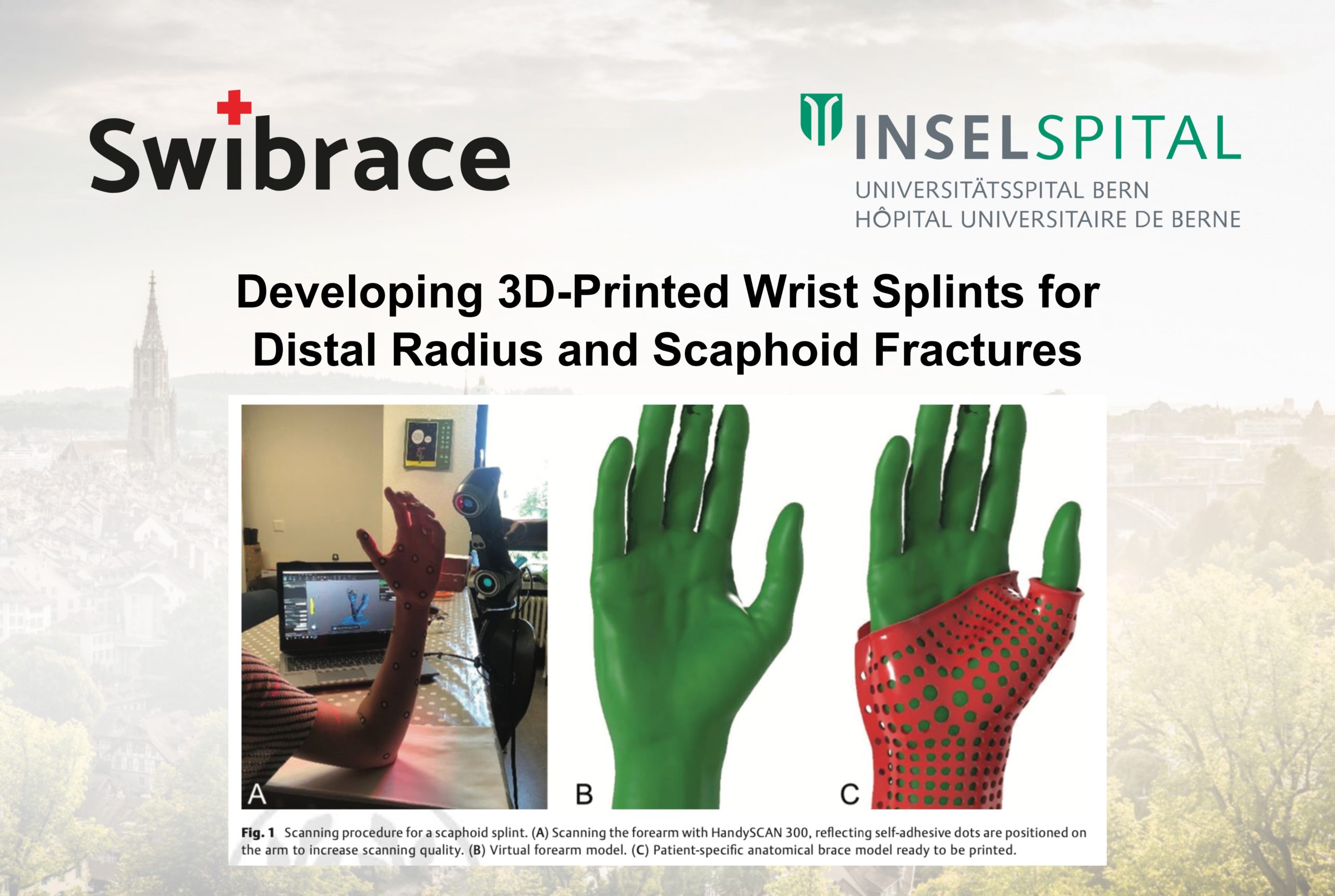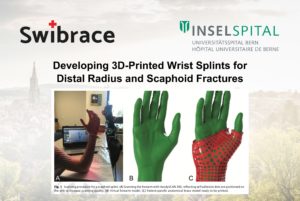Revolutionizing Orthopedic Care: The Rise of 3D-Printed Wrist Splints
In the rapidly evolving world of medical technology, innovation serves as the cornerstone of advancement and improved patient care. The recent publication titled “Developing 3D-Printed Wrist Splints for Distal Radius and Scaphoid Fractures” marks a significant milestone in the field of orthopedics, showcasing a groundbreaking approach to treating common yet incapacitating injuries. This study, spearheaded by a distinguished team comprising Dr. Bernadette Tobler-Ammann, Prof. Frédéric Schuind, Loic Voillat, and Prof. Esther Vögelin, not only highlights the collaboration’s success but also paves the way for future innovations in orthopedic care.
A Leap Forward with Innosuisse’s Support
Funded by Innosuisse, the Swiss Innovation Agency, this project represents a perfect blend of academic research and practical application, aiming to revolutionize the way we approach orthopedic treatments. The collaboration between these esteemed professionals and the Department of Orthopedic, Plastic and Hand Surgery at Insel Gruppe Hospital in Bern has resulted in the development of Swibrace’s patented 3D-printed casts, a technology that promises to redefine the standard of care for patients with wrist fractures.
The Study’s Impact
The clinical study conducted as part of this initiative has yielded compelling evidence of the superiority of patient-specific anatomical braces over traditional casting methods. These 3D-printed splints, designed with the patient’s unique anatomy in mind, have demonstrated remarkable advancements in mechanical performance, comfort, and overall patient satisfaction. By leveraging cutting-edge 3D printing technology, the team has successfully addressed some of the most pressing challenges in orthopedic treatments, offering a solution that is not only more effective but also more patient-friendly.
The Benefits of 3D-Printed Splints
The introduction of 3D-printed wrist splints represents a significant improvement in orthopedic care for several reasons:
- Customization: Each splint is tailored to fit the patient’s specific anatomy, ensuring optimal support and faster recovery.
- Comfort: The design allows for better ventilation and reduced weight, significantly enhancing the wearer’s comfort.
- Efficiency: With the ability to rapidly produce these splints, the treatment process is expedited, allowing patients to receive their custom-fit supports without undue delay.
Looking Ahead
As we celebrate this innovation, we extend our gratitude to all contributors whose dedication has made this achievement possible. The success of the “Developing 3D-Printed Wrist Splints for Distal Radius and Scaphoid Fractures” study is a testament to the potential of collaboration and innovation in advancing medical technology. Swibrace and its partners remain committed to exploring new frontiers in orthopedics, aiming to enhance patient care through technological advancements.

